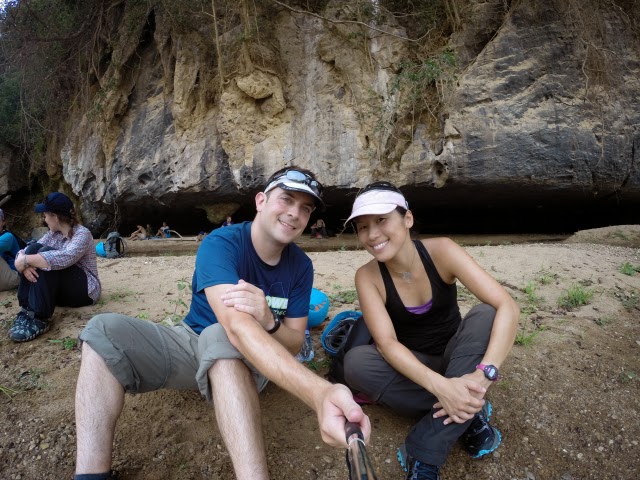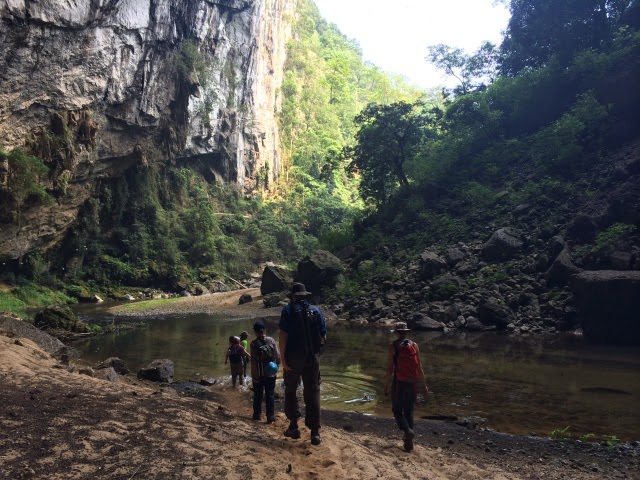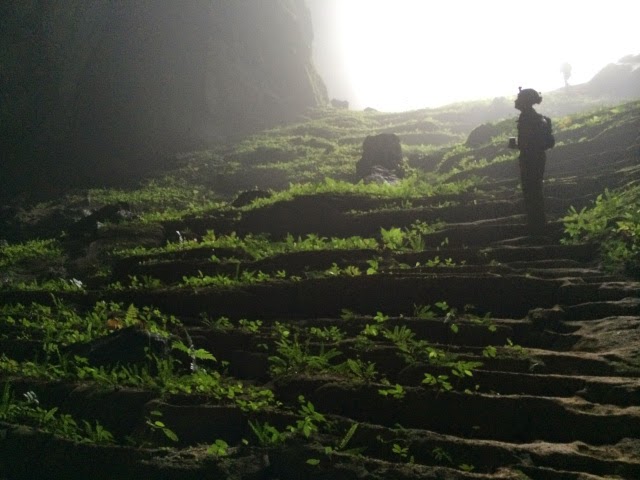By Kimina
Floating
market is a original feature of deltas of Mainland Southeast Asia,
where has thousands of rivers and canals in various sizes. In Vietnam,
floating market is a specific cultural part of the Southwest. If you
tend to explore Mekong delta, you should not skip a cruise to floating markets.
The market is held in rivers, among a vast waterway with hundreds of boat, junk and canoe of residents.
 |
| A floating market in Vietnam |
The
floating market opens up a whole day, but it is usually the most
bustling in the morning, when it is cool. The more it turns to noon, the
hottest the weather is, the fewer customers are. So you should visit
floating markets in early morning.
Boats
are loaded fully of goods. Fruits are the most popular kind of
merchandise. The peculiar point of boats is that in each has several
poles. People dangle products which they sell on these poles.
Therefore, customers just only look at the poles, they can know whether
the boat has things they need or not. By this original marketing way,
customers from a far distance can see clearly items.
 |
| Residents hang products they sell on poles. |
-
Market is the place where trade and exchange actually local produce of
local inhabitants, comprising agricultural products and foodstuff.
-
Stores or boats normally do not have any sign. Sellers hang products
which they sell on poles or over prows; sell oranges hang oranges, sell
mangoes hang mangoes, sell coconut hang coconut, etc. People call these
poles as “cay beo”. These “cay beo” are erected on prows or hang
horizontally on boats.
-
If wanting to know the area which a boat belongs to, just regard into a
side of the boat, which is written a province code abbreviated by two
first letters. For instance, “Tien Giang” province is written as “TG”.
 |
| "Cay beo" is erected on the prow. |
 |
| "Cay beo" is hang horirzontally |
 |
| Vinh Long province was abbreviated as "VL" on this boat |
1.
“Hanging things which are not for sale.” They are just clothes.
Residents of the floating market commonly live in boats, so their
clothes are also dried in sun on boats.
2. “Things are for sale but not hung.” These boats are food or beverage stalls. That goods cannot be hung.
3.
“Hang one thing but sell another thing.” If you see only a few
pineapples hung on a boat, this means that the owner want to sell this
boat. So, hang pineapples, but sell the boat.
Some
famous floating markets you can visit are Cai Be (Tien Giang province),
Phung Hiep (Hau Giang province), Chau Doc (An Giang province), Can Tho
and Phong Dien (Can Tho city).
 |
| Hang pineapples, but sell boats |
Any Mekong delta tour also set an excursion to floating markets for you. You can choose biking around Mekong countryside to discover the cultural life of local residents.








































